Federal censuses in the United States were taken in years ending in a “0” beginning in 1790. A variety of states have taken states in non-federal census years. Most of these records have been microfilmed (perhaps online at FamilySearch for free or Ancestry.com for subscribers) or are available at state archives or libraries. Not all United States states took a state census.
My trip to Salt Lake in May/June 2017 is half full. We spend an entire week in Salt Lake–researching at the Family History Library, analyzing findings, and deciding where to go next. Our “social” time is minimal as we know people are there to research. For additional details on the trip, visit our complete post.
What’s on your genealogical Christmas wish list? My membership to American Ancestors is one of my annual Christmas presents. There’s a few books on my list, but that’s about it. There’s a few ancestors I’d like to find, but that’s hard to put on a list for someone actually get and wrap. If you’d like to help support Genealogy Tip of the Day, use these links before ordering products from any of the following vendors: Newspapers.com Fold3 Ancestry.com GenealogyBank genealogy books from Amazon.com Ebay Feel free to put your genealogy wish list items in the comments.
In the 18th and early 20th century newspapers would often reprint items from other newspapers. If your relative from rural Ohio did something relatively notable, it’s possible that newspapers in Indiana, Pennsylvania, and elsewhere reprinted the item on their own pages. And if the Ohio newspapers are no longer available, the only reference to this item may be in newspapers across the state line.
Preservation of artifacts and the sharing of discoveries needs to happen regularly while you are alive and able to make certain it actually happens. What have you preserved recently (either by scanning or duplicating)? What discovery have you shared recently?
Whenever you find an index entry for a record or a transcription of a record, view the actual item. Transcribers and indexers make mistakes, leave items out, etc. We’ve mentioned this before, but it is worth repeating. This post on the German parish records at Ancestry.com makes the point pretty well.
Is there really one informant on that record? Is it possible that when the information was being provided for the birth record, death certificate, or other document that more than one person was giving information to the clerk? Don’t assume the same person provided every piece of information on that record you are using.
For years I’ve operated on the belief that the maiden name of an ancestor was Dunaway. I had never seen it written on an actual record. The first reference to the name was on a family group chart someone compiled years ago with no indication of a source listed. The name had simply been copied and copied over and over. This 1900 death certificate for a daughter of the woman listed the maiden name. Maybe it’s Dunaway and maybe it’s not, but if your only source is a reference that is completely uncited there’s a chance it might not be right.
Generally speaking, genealogists who write and lecture extensively about genealogy research and methodology, put sources in one of three categories: Original-the first time the document was recorded. Derivative-when the document was reproduced, whether by hand or some sort of “image reproduction” Authored Narrative-usually a written compilation of original and derivative records along with analysis, interpretation and summary This classification scheme is not perfect. No scheme is perfect. This classification scheme does not comment on the accuracy of the record. That’s the job of the researcher as some original sources are virtually worthless and some derivative sources are excellent. For more about record classification and analysis, consult Evidence Explained.
We have our webinars back for Cyber Monday sale extended through 29 November–save 20% on your order. Details on our website.
FamilySearch updates their collections on a regular basis. When was the last time you checked out what they have for your state of interest? This link will pull up the page shown in the illustration–just click on the state you need on the left hand side of the page.
“Called to the Colors” was a phrase used at least during World War I and World War II to usually indicate that a person had been drafted or called up to service. Such a reference in a newspaper should be backed up with military and other records. Thanks to JWB and DF for the discussion of this term on the Genealogy Bloggers group on Facebook–after seeing it in a post on the HomeFolk Tales.
We often concentrate on those records that are easiest to understand or easiest to access. Make certain you are searching records at all political levels–town/village, county, state/province, and nation. Not all locations will have significant records at all levels, but you will not know if you do not look.
I’ve been reading Ann S. Lainhart’s Digging for Genealogical Treasure in New England Town Records. I’ve already gotten several good ideas for my own research (I take notes in pencil right in the book) and, through reading the book, have added to my list of additional books that will help my understanding of records in this area. While I’ve researched for thirty years, I’ve only recently discovered my New England forebears. When was the last time you read a guide book?
I have an uncle who was born the year his father died. Any stories he knew about his paternal family would either have been filtered through his mother (who did not know her husband or her husband’s family until she was approximately sixteen) or have been stories his siblings told him. It does not mean the stories are wrong, but could explain why there are not too many or why some are incorrect.
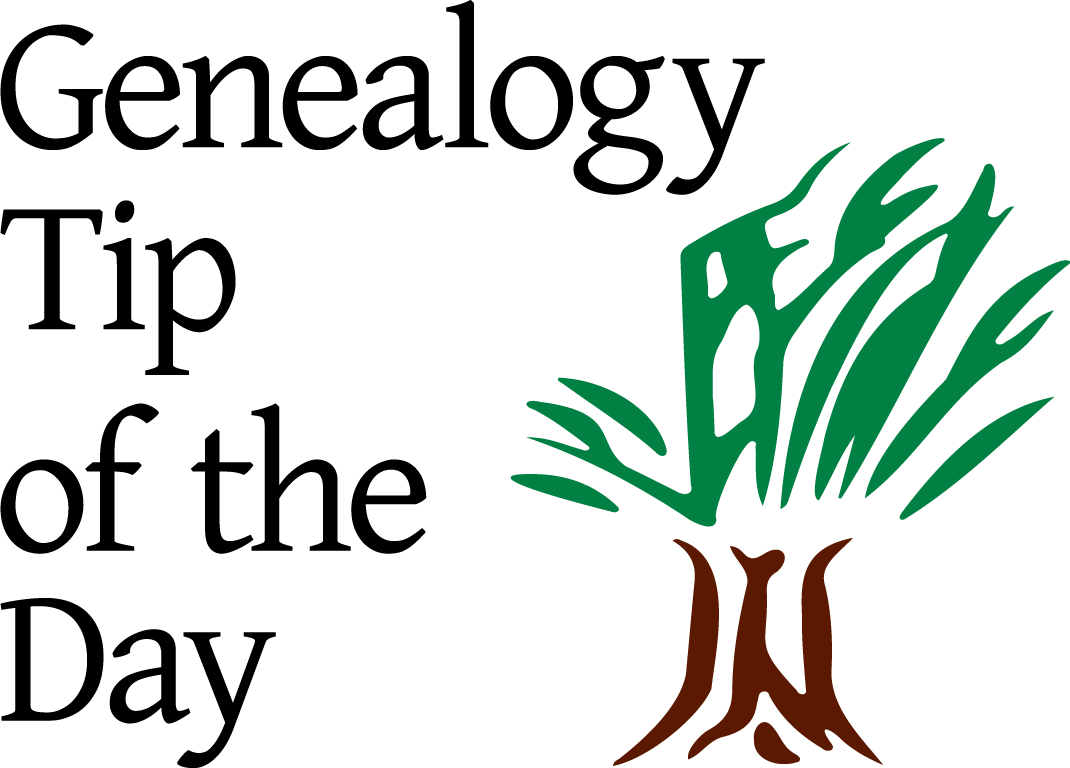
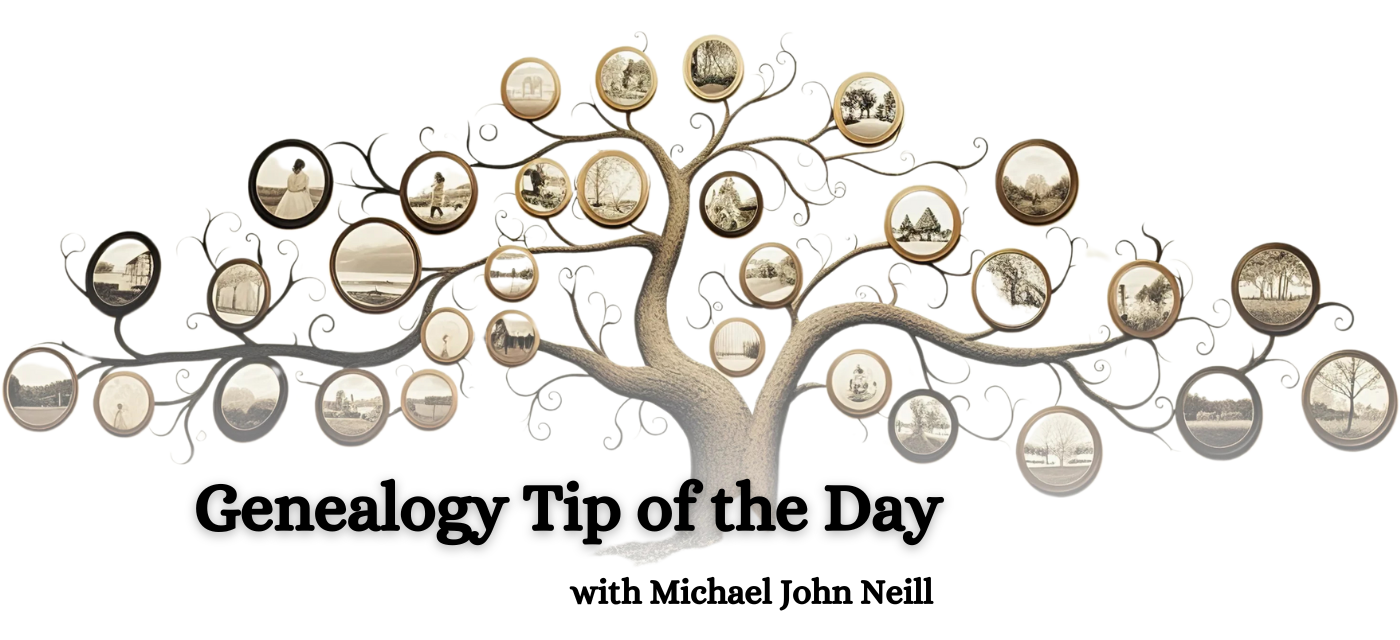
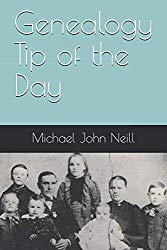
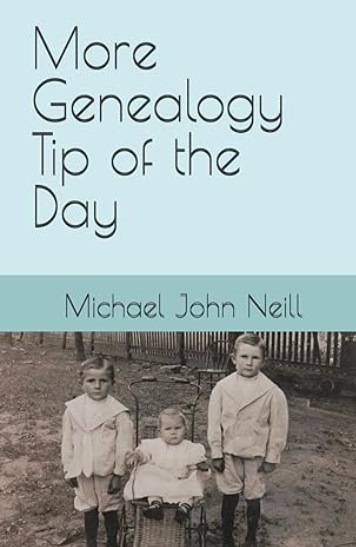

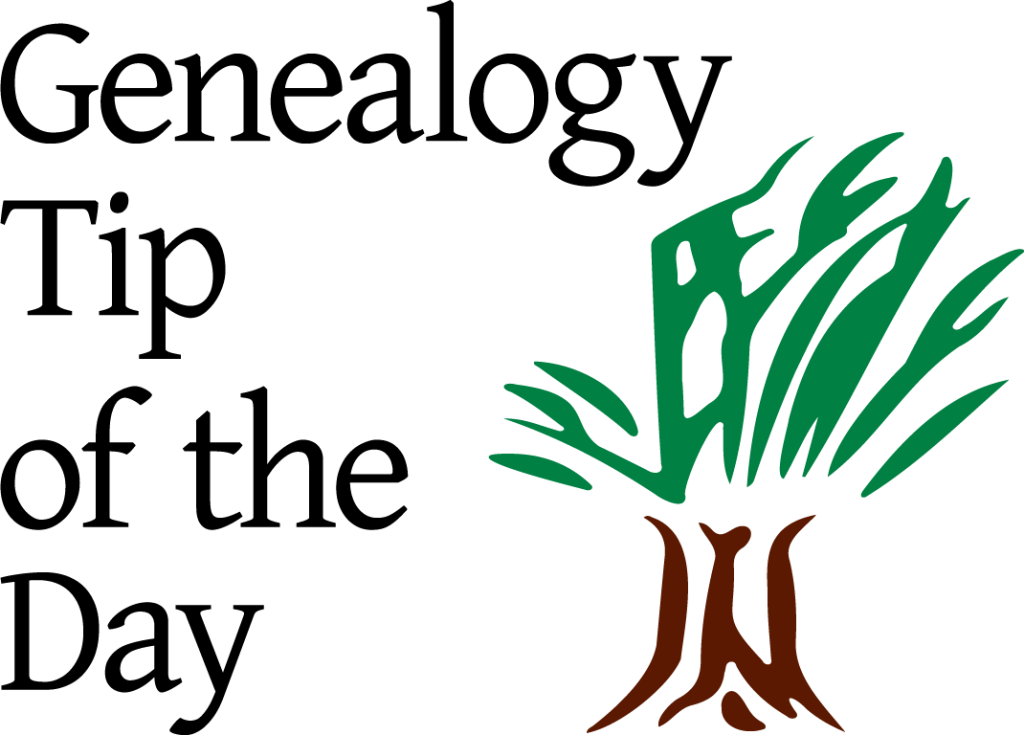
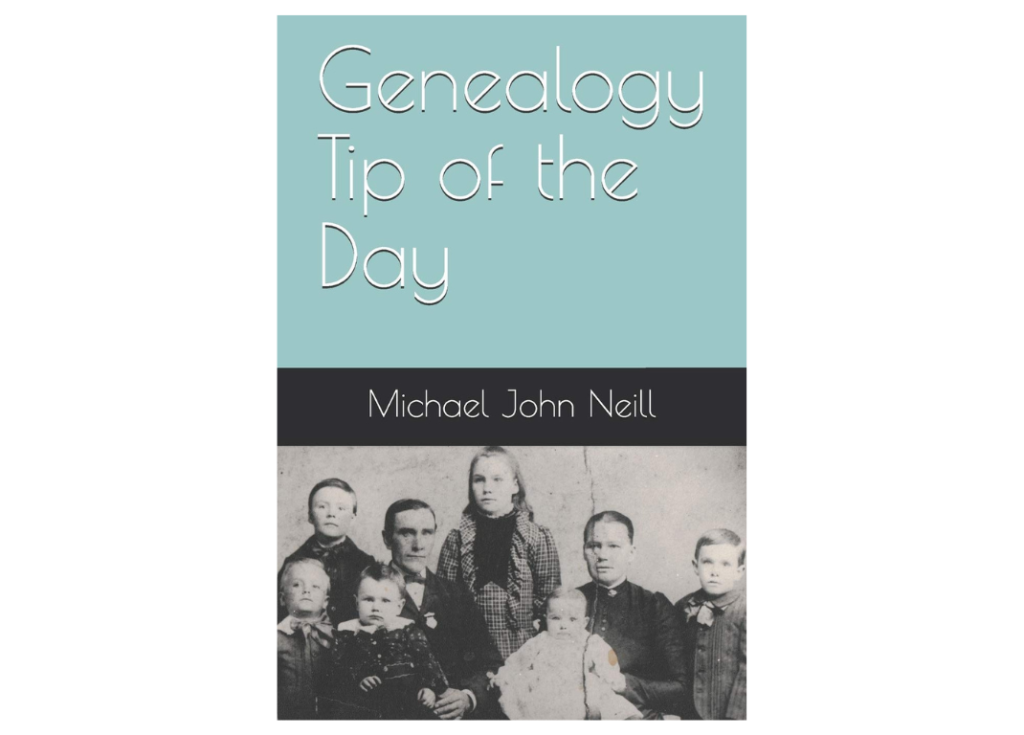
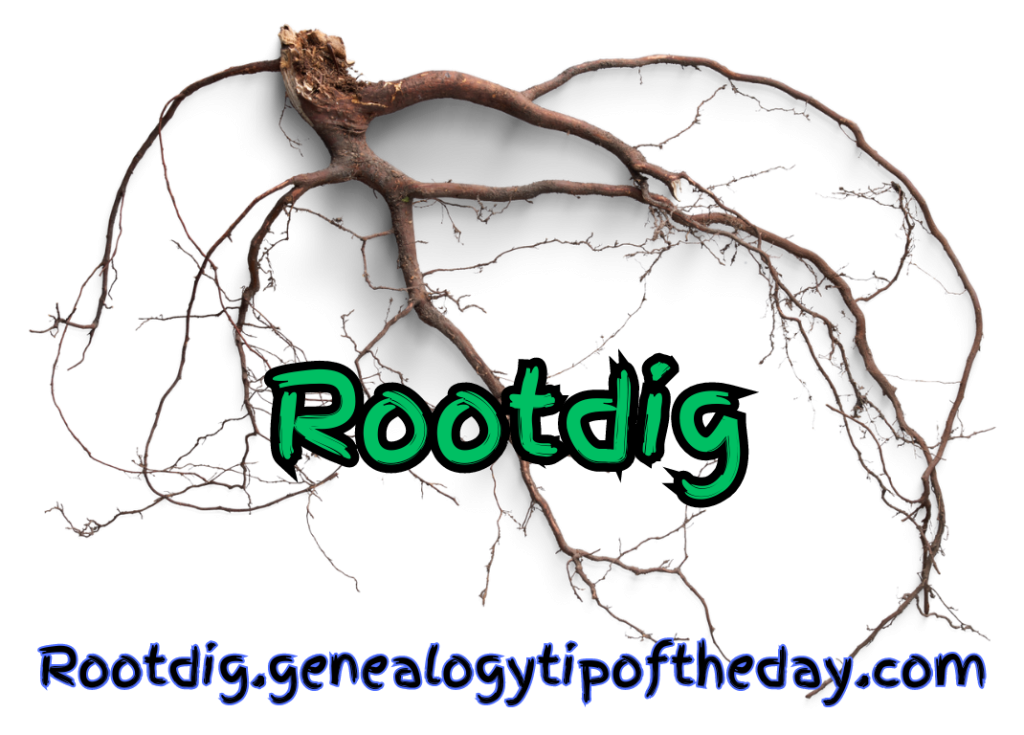

Recent Comments